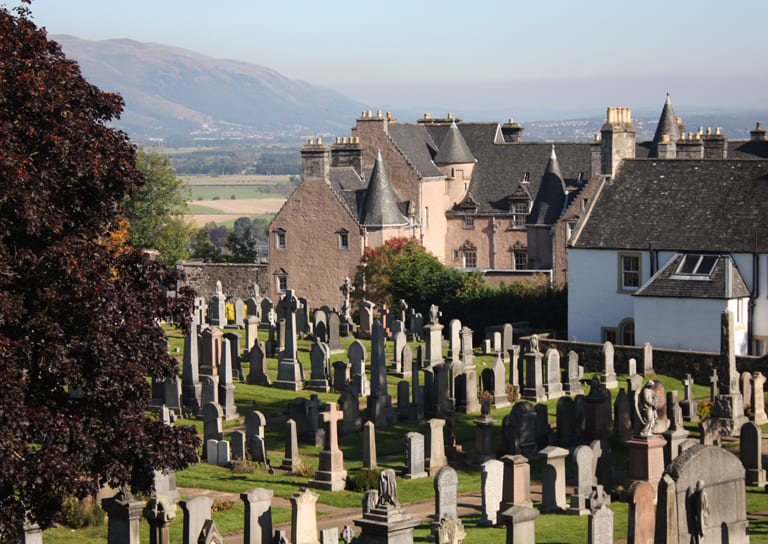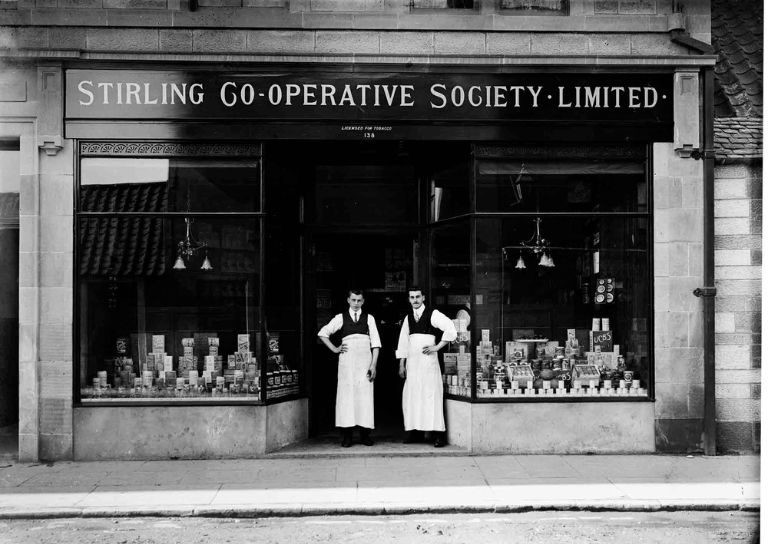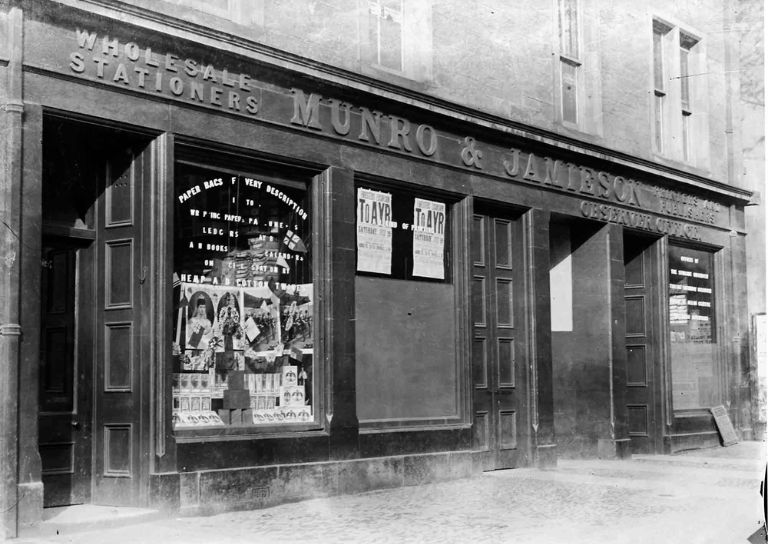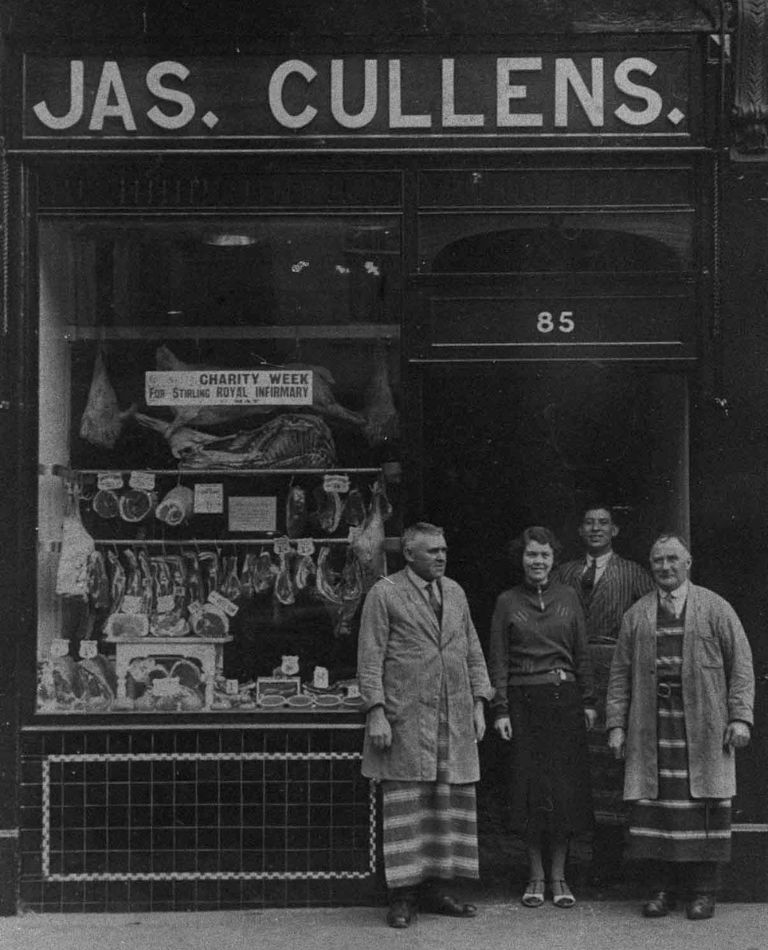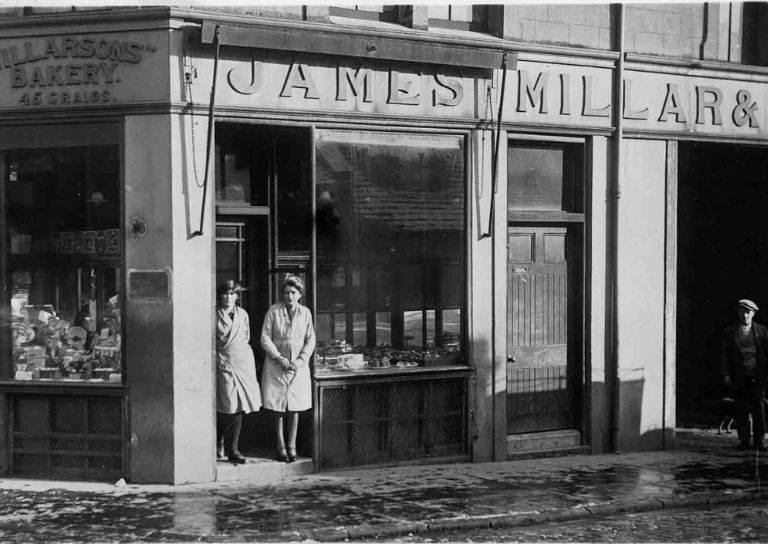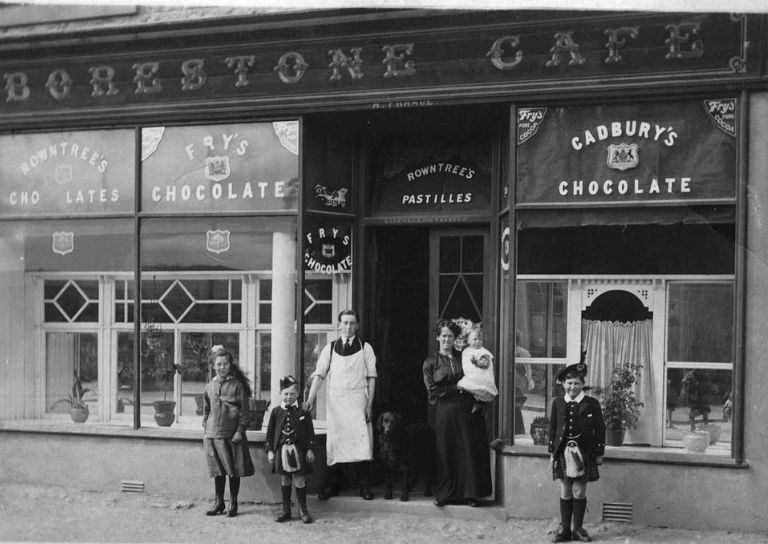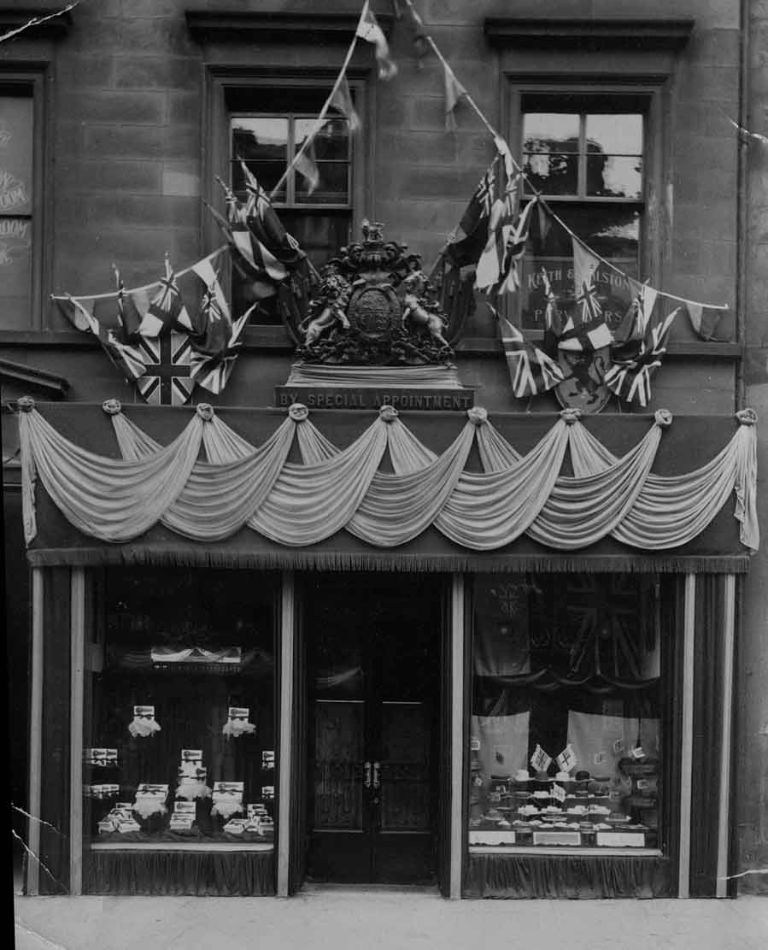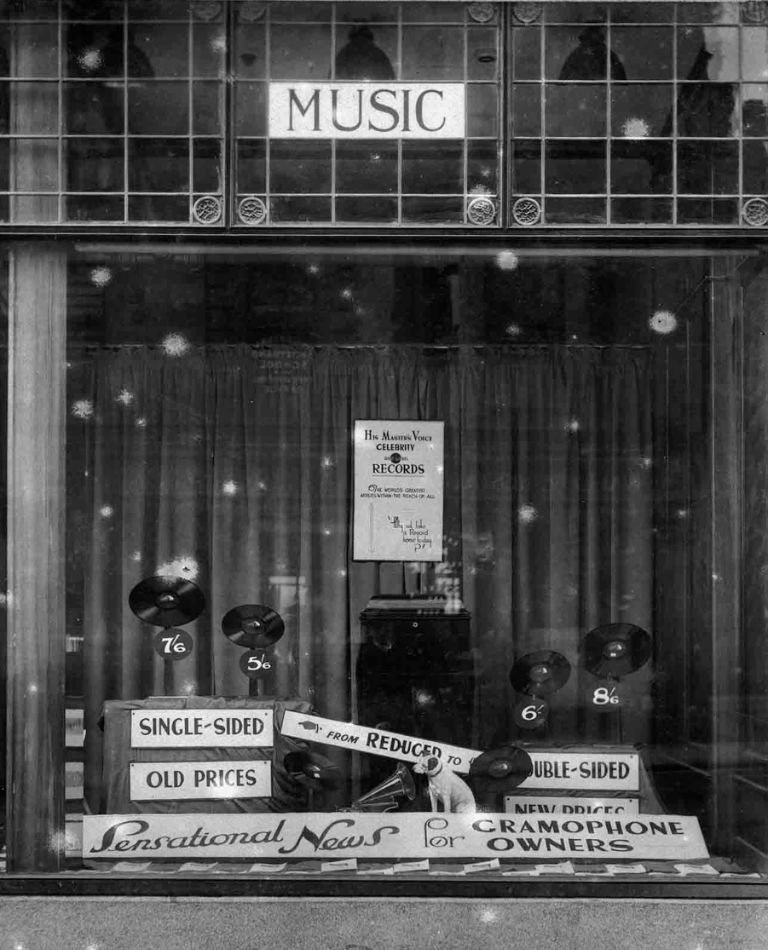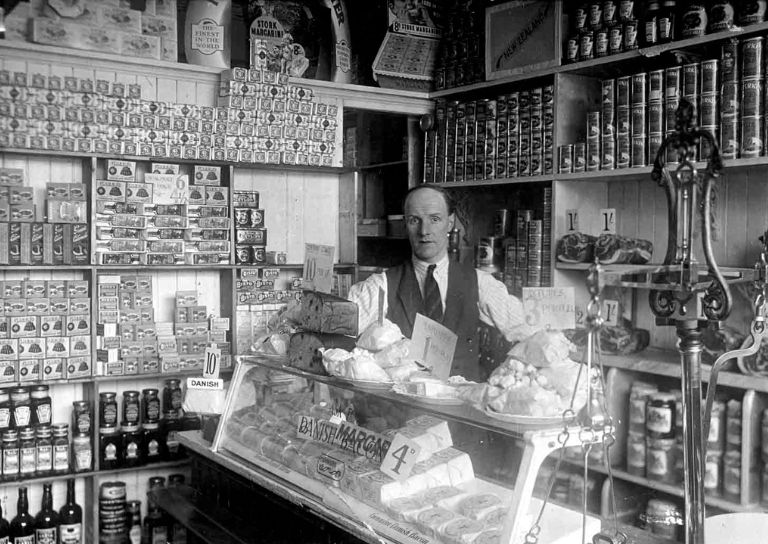- Home
- Our Work

- Stirling's Story

- Blog
- Beechwood House and the Transatlantic Slave Trade

- New Retrofit Service now available for Traditional Buildings Health Check Members

- Retrofitting Traditional Buildings: Chimneys

- SCHT 20: Championing Women in Construction
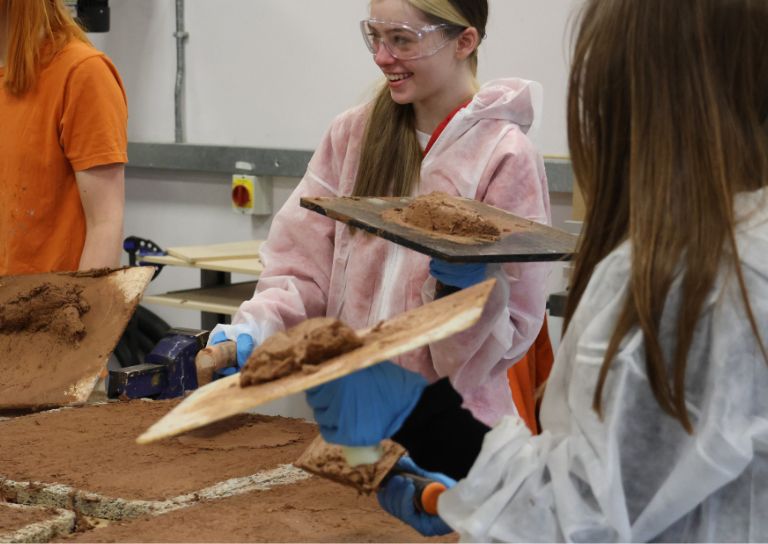
- Stirling's Lost Swimming Pools
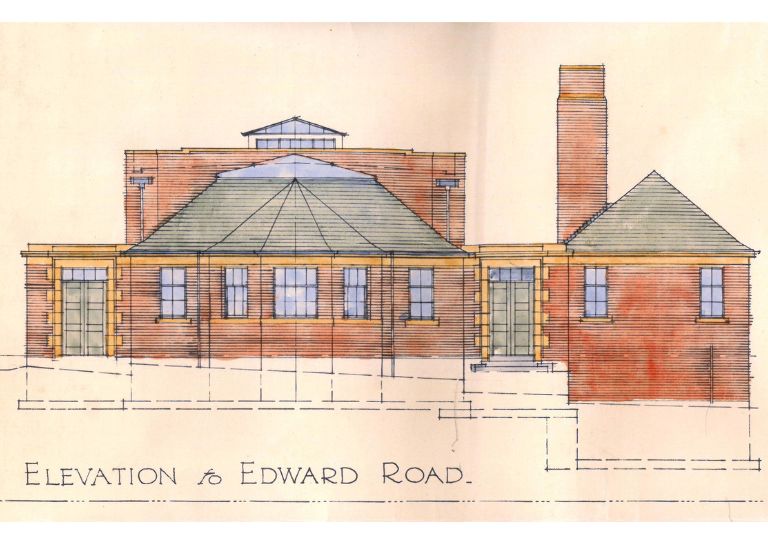
- Women in Construction at Bannockburn House
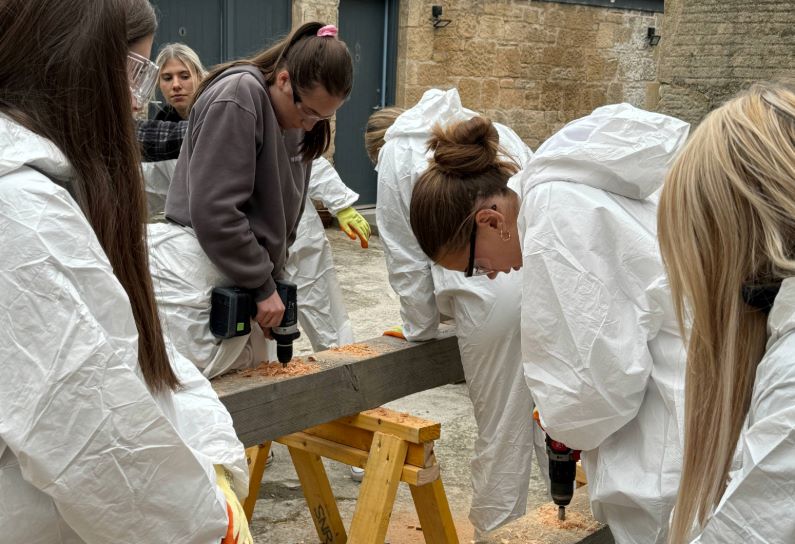
- Avenues to the Past: Stirling’s Historic Streets Exhibition

- Retrofitting Traditional Buildings

- Retrofitting Traditional Buildings: Windows

- Statement on Langgarth House

- Guest Blog: Dementia Friendly Heritage Interpretation

- SCHT Grant Conditions: Owners Associations
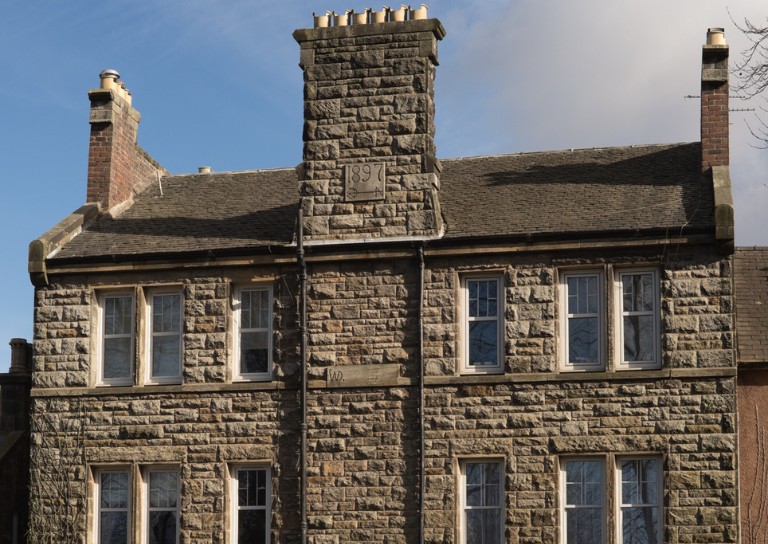
- Stirling Business Awards 2025

- What is a Conservation Area
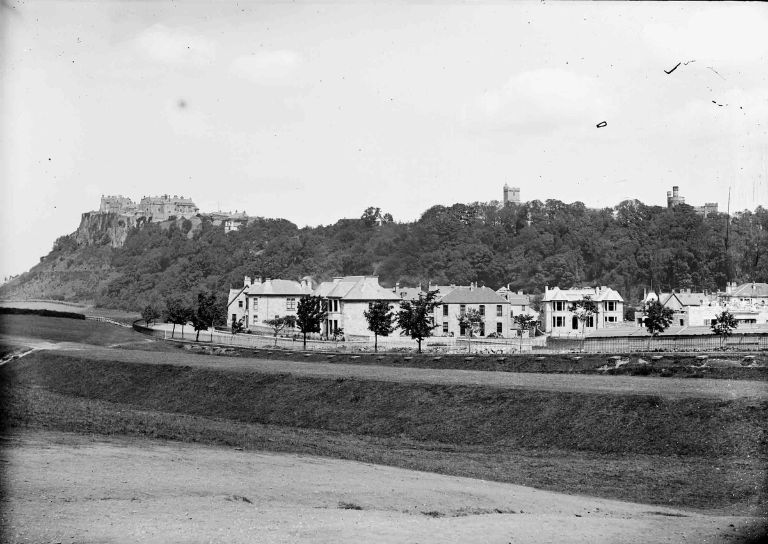
- 20 Great Buildings of Stirling

- Building Resilience: Maintaining Traditional Buildings

- Architects and The Thistle Property Trust

- World Heritage Day: Exploring Hayford Mill

- Community Consultation launched for Stirling’s Heritage Strategy
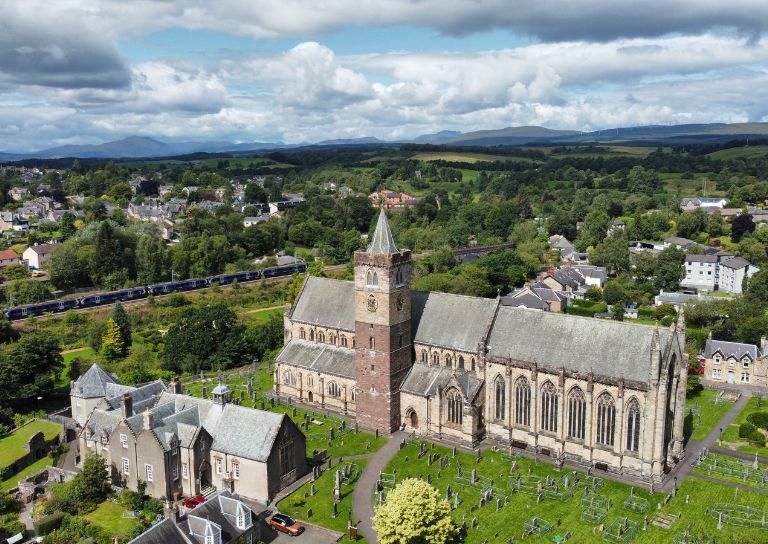
- SVE Inspire Awards September 2024

- Reminiscence Art Project
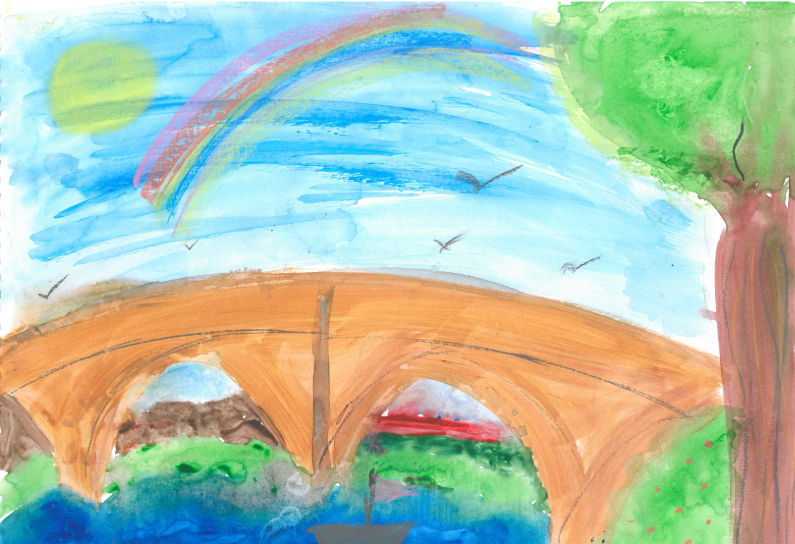
- On the European Stage: Preserving by Maintaining conference, Bratislava

- The Abolition Movement in Stirling

- Shopping Arcades

- Retrofitting Traditional Buildings: Insulation

- Retrofitting Traditional Buildings: Climatic Adaptation
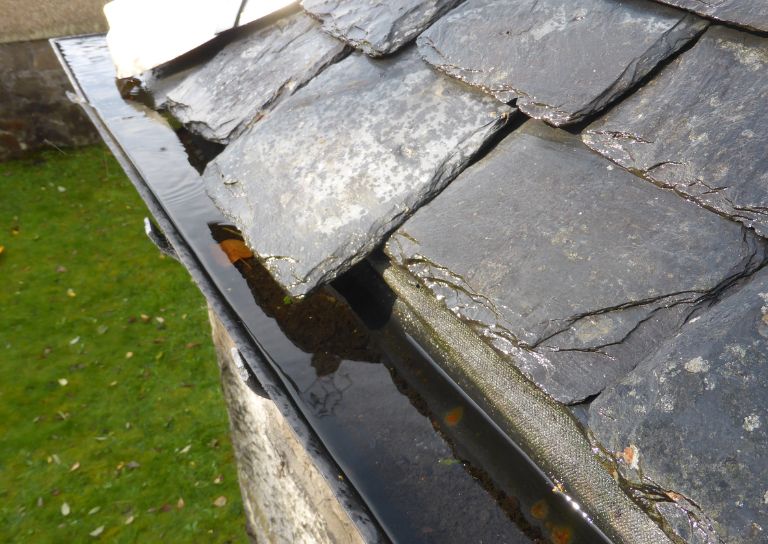
- Kings, Wolves and Drones: 20 years of care and repair at Stirling City Heritage Trust

- Practical Workshop on Retrofitting Insulation with A. Proctor Group

- Marking the 80th anniversary of VE Day
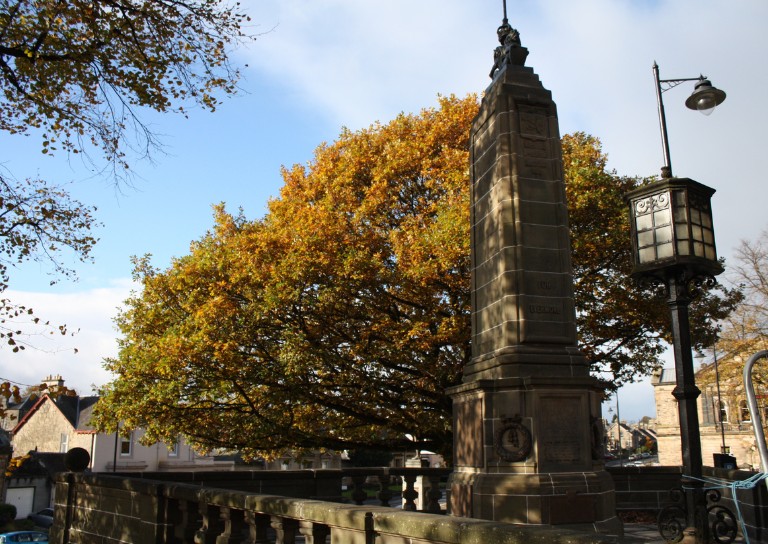
- Walker Family Visit

- Retrofitting Traditional Buildings: Fabric First

- Supporting traditional building repair in Stirling
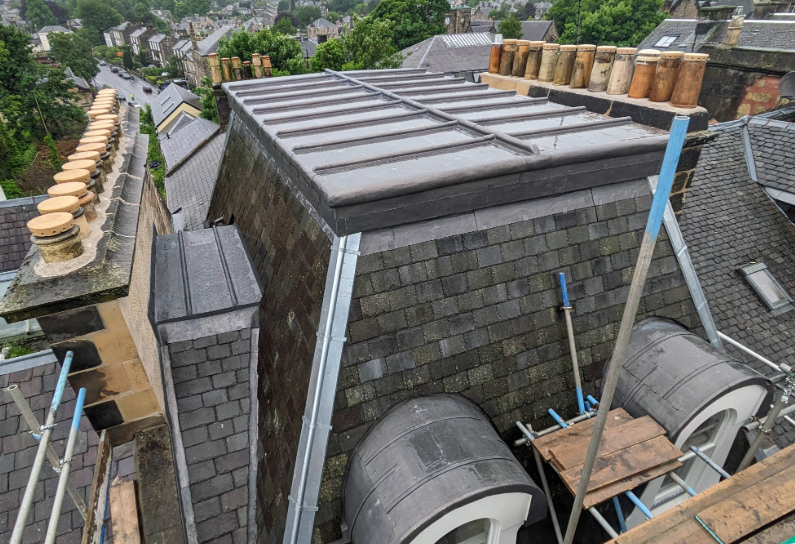
- Stirling's Historic Jails
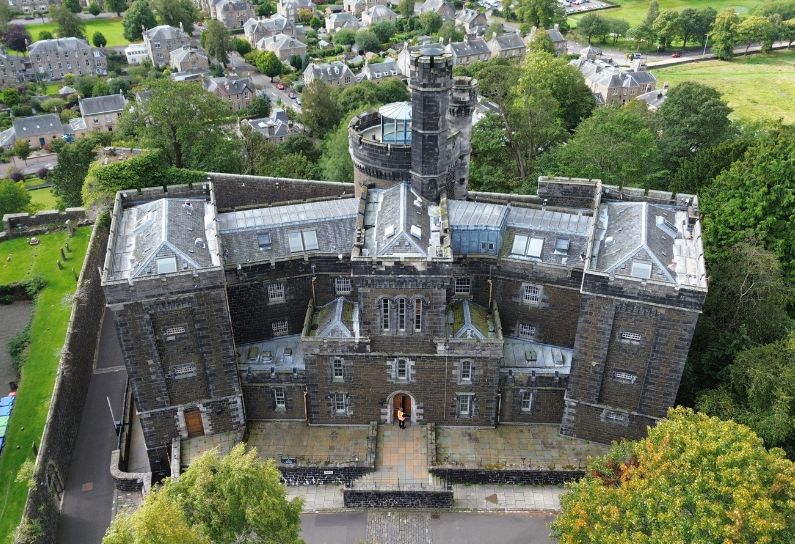
- Ghost Tales from Stirling

- Stirling Reminiscence Box

- Stirling City Heritage Trust at 20

- Retrofit Event: Meet the Suppliers

- Snowdon House and The West Indies

- Miss Curror and the Thistle Property Trust

- Dr Lindsay Lennie retires from Stirling City Heritage Trust
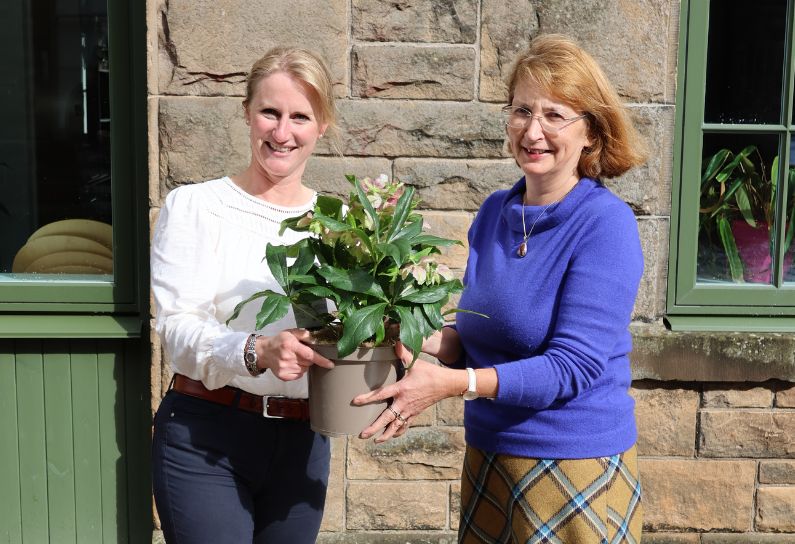
- Stirling’s Streetscape Stories: Photography Workshop

- Level 3 Award in Energy Efficiency for Older and Traditional Buildings Retrofit Course (2 Day)

- Stirlingshire’s Highland Games

- Creative careers in the heritage sector

- Postcards From Stirling

- Stirling’s Gala Days

- Building Surveying Student Intern at Stirling City Heritage Trust

- Heritage Trail: Stirling Walks

- Local History Resources

- Stirling Through the Decades

- Stirling’s STEM Pioneers

- Traditional Skills: Signwriting

- Christian MacLagan, a pioneering lady, but born too soon?

- Traditional Shopfronts in Stirling

- Stirling History Books for World Book Day

- My Favourite John Allan Building by Joe Hall

- My Favourite John Allan Building by Lindsay Lennie

- My Favourite John Allan Building by Andy McEwan

- My Favourite John Allan Building by Pam McNicol

- Celebrating John Allan: A Man of Original Ideas

- The Tale of the Stirling Wolf

- Stirling: city of culture

- Christmases Past in Stirling

- Stirling’s Historic Graveyards

- Top 10 Tips for Architectural Photography

- An Interview with David Galletly

- Springtime in Stirling

- The Kings Knot – a history

- A Future in Traditional Skills

- Robert Burns’ First Trip to Stirling

- Stirling’s Witches

- Stirling’s Ancient Wells

- An architecture student’s take on the City Of Stirling

- Ronald Walker: Stirling’s Architect

- Stirling’s Statues

- Stirling’s Wee Bungalow Shops

- Stirling’s Historic Hospitals

- Women in Digital Innovation and Construction

- Heritage at home: 8 of the best online heritage resources

- Stirling featured at virtual heritage conference

- Five of Stirling’s greatest John Allan buildings

- Women in Construction – Stirling event report

- Scotland’s trailblazing women architects

- Stirling’s Heritage: Spotlight on The Granary

- TBHC Scheme now open to properties in Dunblane and Blairlogie

- How drones help us inspect traditional buildings

- Hazardous Masonry & Masonry Falls

- Mason Bees: What’s the Buzz?

- Stirling Traditional Skills Demonstration Day Success!

- Floating Head Sculpture at Garden Glasgow Festival 1988

- The story behind Paisley Abbey’s Alien gargoyle

- Cambuskenneth Abbey

- Stirling City Heritage Trust Publications

- Sharing Memories: Taking '20 Great Buildings of Stirling' into the community

- William Wallace Statues In Stirling

- Coronations and Royal Christenings in Stirling

- The development of King's Park

- Energy efficiency project awarded grant from Shared Prosperity Fund

- Inspiring the Future: Stirling City Heritage Trust's Women in Construction Event at Wallace High

- Doors Open Days Talk: Who Built Stirling?

- 10 Years of the Traditional Buildings Health Check

- Growing up in Stirling: A Night of Reminiscence at The Smith

- SCHT visit to Brucefield Estate, Forestmill, Clackmannanshire

- Statement on Christie Clock

- Stirling’s Lost Skating Heritage

- Laurelhill House and the West Indies

- Beechwood House and the Transatlantic Slave Trade
- About Us

- Support Us

- Contact

Traditional Shopfronts in Stirling

The Stirling Smith Art Gallery & Museum have provided us with some lovely historic images of Stirling shopfronts. Our Trust Manager, Dr Lindsay Lennie, author of ‘Scotland’s Shops’, reveals some hidden details about these buildings.
The Co-operative Society
The Co-operative Society in Stirling was established in 1880. They had a variety of shops around the town serving the local communities and neighbourhoods including in Barnton Street, Friars Street, Upper Craigs and their flagship store in King Street.
The location of this one is not known, but it is a fine, double-fronted shop with clear and simple lettering to the fascia and below a sign that they are ‘licensed for tobacco’.
A notable feature is the decorative detail at the top of the window- this is a ventilator which allows air into the shop. They were often an opportunity to introduce a bit of elaboration to an otherwise plain shopfront.
The smartly dressed grocers stand next to their window displays and above are light fittings or gasoliers.
Munro and Jamieson, 1911
This shop occupied by Munro and Jamieson in Upper Craigs also hosts the Observer office. Stationers, printers and publishers were often found within the same premises.
The applied lettering is notable here, compared to the painted fascia of the Co-operative above. These letters could be a variety of materials including timber, plaster or cast iron. They came in many sizes and fonts allowing the shopkeeper to have an individual sign using mass produced letters.
The shop entrances have elegant panelled storm doors. These doors are ‘shop hung’ so that they fold neatly back into the lobby so as to appear like panelling and so as not to impede the shopper as they enter.
The window displays has coronation stationery for George V suggesting a date of June 1911.
Cullens Butchers, 1935
Cullens Butchers shop at 85 Port Street is a single-fronted shop with applied lettering to the fascia. There is a ventilator at the top of the window with vertical detailing to allow fresh air into the shop.
It has a tiled stallriser (the area below the window) and show a typical detail of a black and white border detail often favoured by butchers. Decorative ceramic tiles were used in fresh food shops from the late 19th century, but tiled frontages were also popular with fishmongers and butchers as they could easily wash down the frontage.
The image was taken during Charity week for Stirling Royal Infirmary and possibly dates to the late 1930s. The display of full or part carcasses was common but is rarely seen in butcher’s shops today.
James Millar & Sons bakery, 1950
This is James Millar & Sons bakery at 45 Upper Craigs, Bakers in the 1950s.
The shop has a prominent corner position and elegant applied lettering to the fascia. The stallrisers (below the windows) are timber panels but have a protective mesh in front of them. Above the entrance is a blind or awning. Traditional blinds operate in the same way as a roller blind; they are pulled out to open the awning and retract in when not required. Storm chains (seen hanging down) help to stop the blind moving if it becomes breezy. Blinds are important where a shopfront faces south in order to protect goods displayed from being affected by strong sun.
The Borestone Café, 1910
The Borestone Café at St Ninians Toll was run by the Frances family. This image dates to 1910.
This large double-fronted shop has highly decorative lettering of the style sometimes seen in fairgrounds. It was a popular style of font in the late 19th century. Lettering has also been positioned in the windows and above the door to advertise products on sale in the shop.
At the back of the windows you can see glazed screens. These were used to mark off the window display areas from the shop itself and create privacy for those inside the shop while still allowing light in.
Keith and Ralston bakery and restaurant, 1911
The bakery and restaurant of Keith and Ralston was located in Port Street.
The shop is highly decorated, probably for the Coronation of George V in 1911. The shopkeepers have gone to considerable effort and even the stallrisers (below the windows) are decorated.
Hay’s Music store
Hay’s Music store was located at 78 Murray Place in the former Congregational Church Hall, before moving to Friars Street in the 1960s. It remained there until the retiral of proprietor Donald Hay in 1996.
The window is very decorative with small leaded panes in the clerestory (the upper section of the window) and a name plate with the word ‘MUSIC’ has been incorporated into the design. This type of design was common in 1930s shopfronts.
The Co-operative at Causewayhead, 1920s
This image shows the interior of the Co-operative at Causewayhead in the 1920s.
During this time, there was increasing availability of packed and tinned goods and grocers like Liptons, Templetons and Galbraiths all competed with each other for business. Dairies such as the Buttercup Dairy Co, Maypole Dairy and Ross’s Dairies (Glasgow) sold new products like margarine.
The shop interior is quite simple with timber boarded walls and narrow timber display shelves. Some shops would have had tiled interiors and this was a favoured interior of Liptons. The large decorative scales indicate that although many goods were pre-packaged, weighing out of products still continued.
Further information
You can find out more about Scottish Traditional Shopfronts in this free guide published by Historic Environment Scotland: Short Guide: Scottish Traditional Shopfronts
Or visit the online exhibition ‘Talking Shops’: Scotland’s Historic Shops









